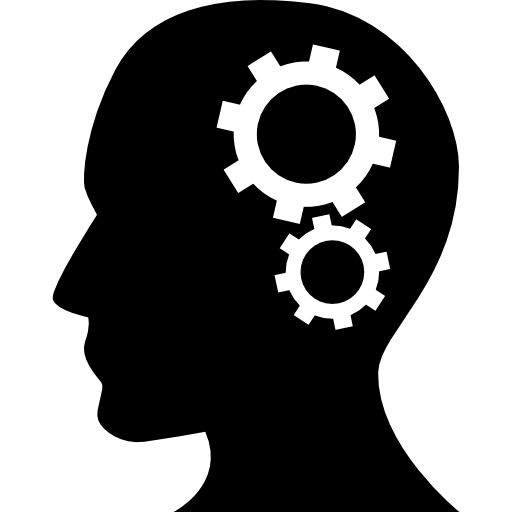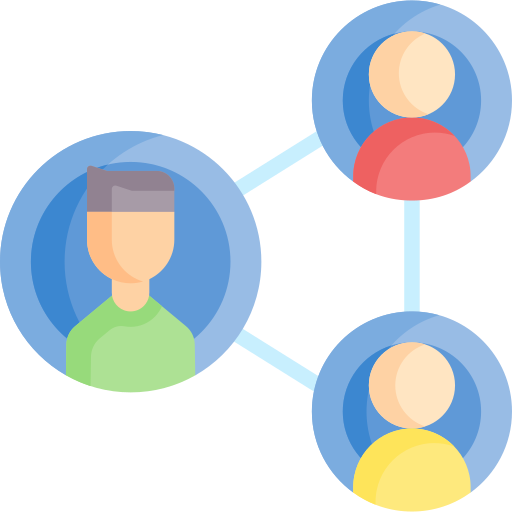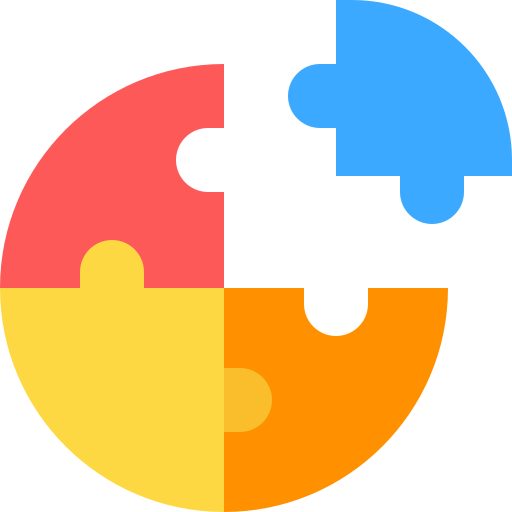CQ: Cultural Quotient
CQ or Cultural Quotient, measures a person's cultural intelligence. Before we dig into cultural intelligence, let's first define culture:
'Culture' refers to a group or community which shares common experiences that shape the way its members understand the world. It includes groups that we are born into, such as race, national origin, gender, class, or religion.

Quiz
True or False: a person has ONE culture.
Cultural Intelligence
Business professors P. Christopher Earley and Soon Ang defined cultural intelligence as:
a person’s adaptation to new cultural settings and capability to deal effectively with other people with whom the person does not share a common cultural background and understanding.
The Harvard Business Review determined there are 3 parts of cultural intelligence:

HEAD (Cognitive) —You know that CQ is important and you have observation and research strategies to identify information about cultures that are different from yours.

BODY (Physical) —The visible actions you use, like body language, show your CQ.

HEART (Emotional/Motivational) —You're confident as you build your CQ in new cultural situations and are unafraid to make mistakes as you learn.
Quiz
You're traveling to Thailand on a business trip. To greet the client, you slightly bow, with your palms pressed together in a prayer-like manner because you understand that shaking hands is part of Western culture. Which component of CQ are you using?
Benefits of Cultural Intelligence in the Workplace
People of different ages, with different backgrounds, experiences, belief systems, ethnicities, etc. come together for a common purpose in a workplace.
 Photo by Hannah Busing on Unsplash
Photo by Hannah Busing on UnsplashDeveloping cultural intelligence in the workplace is beneficial because it supports:
communication in various cultural settings

working constructively with people who are different from one another

connections with different people and departments

integrating multiple perspectives, leading to innovation and creativity

Can I Grow My Cultural Intelligence?

Here are a few ways to strengthen your CQ:
Be curious! Learn about other cultural groups 📙
Examine your own cultural history and cultural biases 🔍
Travel! Visit other states, counties, and even cities ✈️
Listen and talk to people from different cultural groups 👂
How Can Steve Grow His CQ?
David is starting a new job. During new hire training, he learned the company values cultural intelligence. David knows he has a lot to learn. Which thing(s) could David do to grow his cultural intelligence?
 A. Attend programming at a cultural society.
A. Attend programming at a cultural society.
 B. Take a vacation to an all-inclusive resort in Mexico.
B. Take a vacation to an all-inclusive resort in Mexico.
 C. Join a diverse team at work and get to know the members.
C. Join a diverse team at work and get to know the members.
 D. Attend services or events at churches of a different faith.
D. Attend services or events at churches of a different faith.
Quiz
What experiences will grow David's cultural intelligence? Choose all that apply:
Take Action
To reap the benefits of diversity in the workplace, businesses and organizations must intentionally plan to create inclusive cultures by increasing employees' cultural intelligence.
As a first step, keep an open mind and get to know the people around you.

Your feedback matters to us.
This Byte helped me better understand the topic.



